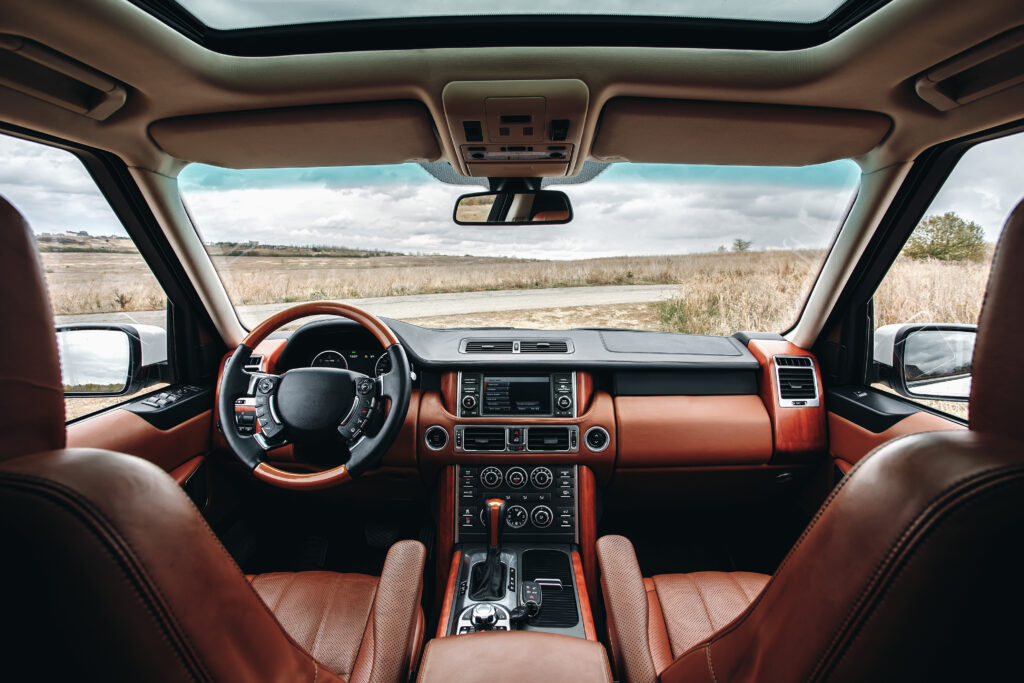Many drivers rely on their “miles to empty” display on their dashboard to inform them when they need to refuel, but a new study published by AAA has found that this information isn’t always accurate. The research found that many factors, such as speed, acceleration, and distance can affect the system’s accuracy significantly, especially with shorter trips.
Driver’s shouldn’t rely on the “miles to empty” display, says Mike Hoshaw, vice president of automotive services, AAA East Central. “While motorists have fuel economy on their minds, they shouldn’t push their vehicles too close to the ‘E’ mark”. Despite these inaccuracies, 74% of motorists surveyed stated they relied on their dashboard fuel monitor to decide when to refuel on gas.
Errors within the estimation system are mainly the result of the car and the specifics of the trip, including the above mentioned factors which affect the mileage on a case by case basis. AAA suggests maintaining a quarter full tank of gas at all times to be safe, and not to rely on your “miles to empty” indicator too much, as the accuracy variance could leave you in a bad spot. For fuel efficiency, there are best practices suggested by AAA, such as avoiding hard acceleration, removing unnecessary or bulky items from your car, and minimizing the use of roof racks.

